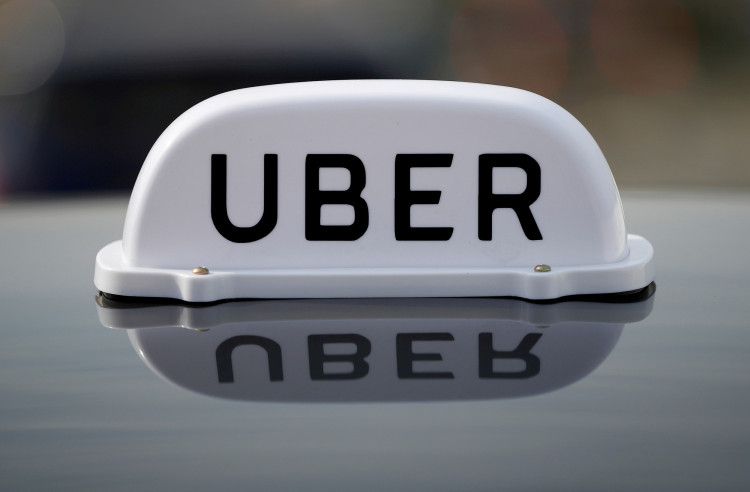Uber, is bringing its very own self-driving cars to Dallas, Texas. The autonomous vehicles will not be tested in autonomous mode at the start. Instead, starting November 2019, the Volvo SUVs will be manually operated during outings to help build the high-definition maps that will soon be used in its self-driving system.
In a blog post released earlier this week, Uber announced that the Uber self-driving cars will soon be available in Dallas. But, instead of autonomous mode, at the start of the operation, the Uber self-driving cars will be manually driven to capture the scenarios happening in the street every day. This will be spearheaded by the autonomous car team of Uber so they can recreate in simulation and in test track its self-driving vehicles.
According to Uber, Dallas, Texas offers the company an opportunity to explore a different kind of road network for the Uber self-driving technology. The modern infrastructure along with the road characteristics, climate, and unique traffic patterns will provide them with a new set of information that can help their continuous engineering efforts. The arrival of Uber in Dallas is a part of the company's series of tentative steps toward the start of full testing since its operation was suspended last March 2018.
Before the suspension, Uber has already launched self-driving programs in four major cities. Three of which are in the US and the other one is in Canada. The Uber self-driving cars drive at speeds of up to 55 miles per hour and operate in night time as well as in different weather conditions.
In December 2018, Uber announced that the suspension was lifted and it earned permission to restart its autonomous testing in Pittsburgh, however, in a considerably scaled back fashion. While the Uber self-driving cars will soon be tested in autonomous mode, the company did not disclose any specific dates. The Tempe tragedy that caused the suspension of Uber was a major setback for the company and in its efforts to further advance its autonomous technology.
But, Uber, has since been moving forward, though at a slow pace, compared to Waymo, which has been aggressively testing autonomous trips with paying passengers in Arizona since last year. In its post, Uber said that to be able to reach its target of creating a full-fledged autonomous system that will be used on its ridesharing service, it must handle building this technology thoughtfully and with a strong sense of responsibility to the communities where it conducts its operations.






